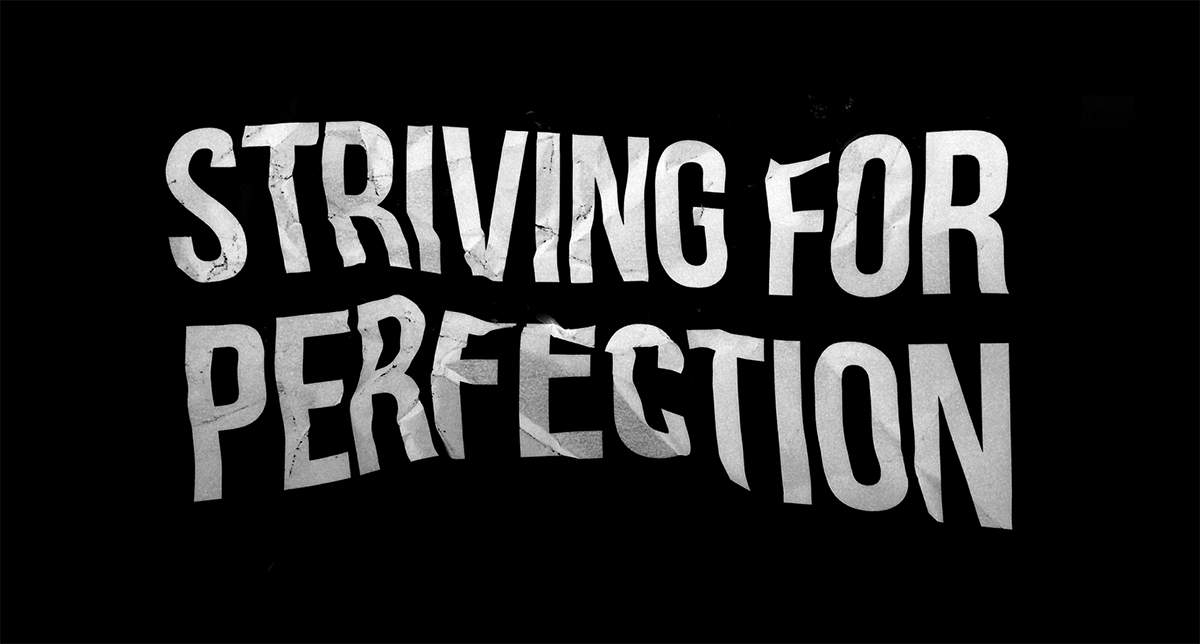Designer dirt: Why we should invest in our creativity the same way farmers invest in our lands

I am not a farmer, but I try to think like one often. New Zealand has a robust agricultural pedigree, and we are celebrated for our No.8 wire ingenuity. I believe for designers, creativity like the land is a resource to be nurtured and invested in.
Halfway through my career, I had the kind of job I aspired to as a designer. I was leading teams and working on fantastic projects, travelling internationally and earning great money.
But design is a service industry – and I was constantly in service to my clients, my staff, my collaborators. I would come home exhausted and anxious. Despite having good money in the bank, I felt creatively bankrupt and was weighing up the viability of my design career, long-term.
Part of my problem was I was chasing the outcome.
As designers we deplete – we invest ourselves in our clients and the results we produce for them. Design professionals strive for perfection. I wanted to be efficient and cost effective for my clients, so I was moving too quickly through the early phases of the design process to focus on production and the outcome of the work.
My creative confidence suffered. I questioned my ability to deliver and my worth as a designer. It was during a TED talk that Heidi Grant Halvorsen introduced me to a growth mindset in creative practice. From that, I learnt the most important lesson of my career.
When farmers need to produce a crop, they work the soil. They aerate, they turn, they fertilise, they water, they improve the dirt as best they can so the crop thrives in the greatest possible conditions.

Progress (and process) over perfection.
Designers typically do nothing to improve their dirt – we are all to often focused on the crop we produce for our clients. As our deplete our dirt the quality of those crops suffers. This was a revelation for me – I needed to create the best possible conditions for my work. I adopted a growth mindset I began to think of creativity as a commodity that needed to be nurtured, and so I invested my designer dirt. I focused more on the process and less on the outcome. I created research-based personal projects to allow space for me to experiment, learn and rebuild my creative confidence. I spent less time on my Mac computer and allowed myself to work slow and analogue. Immediately, the quality and creativity of the design I was producing for clients improved.
I believe all practicing designers should understand creativity is a resource to be invested in. There are strong economic arguments for the value of creative pursuits. But to innovate and contribute to our clients, and our culture we must first take care of ourselves and our community.

Inspiration, learning and support.
In parallel to my journey, it was around the same time (halfway into her career) that Louise Kellerman founded Design Assembly, an organisation I am keenly passionate about. The idea was seeded at a moment Louise was questioning if she wanted to continue to progress from designer to designer director. Design Assembly was an opportunity to have a crack at a big idea and realise her passion for connecting ideas and connecting people. It became a vehicle for her to support other designers on their journey. A safe and positive environment to share knowledge, experiences and challenges, enabling designers to understand their worth, invest in themselves and each other.
From rich soil, Design Assembly grew and has now played an active role in supporting and shaping New Zealand’s visual design community for ten years. Through workshops, events, their online curation of discussion and archaeology of inspiration from our community, DA creates lots of opportunities for designers to improve their soil.
They have witnessed growth and changing trajectories in New Zealand’s design scene over the past ten years. So as an organisation, they too are slowing down, to investigate the origins of our creative practice, by further fertilising New Zealand’s designer dirt, and looking to what the future might hold for the next crop of Aotearoa’s designers.
We encourage you to think like a farmer too.
Creative practitioners make great design professionals. Look for learning opportunities, experiment, ask questions, collaborate, connect, support one another and participate in our community to foster your creativity and fertilise your soil.




